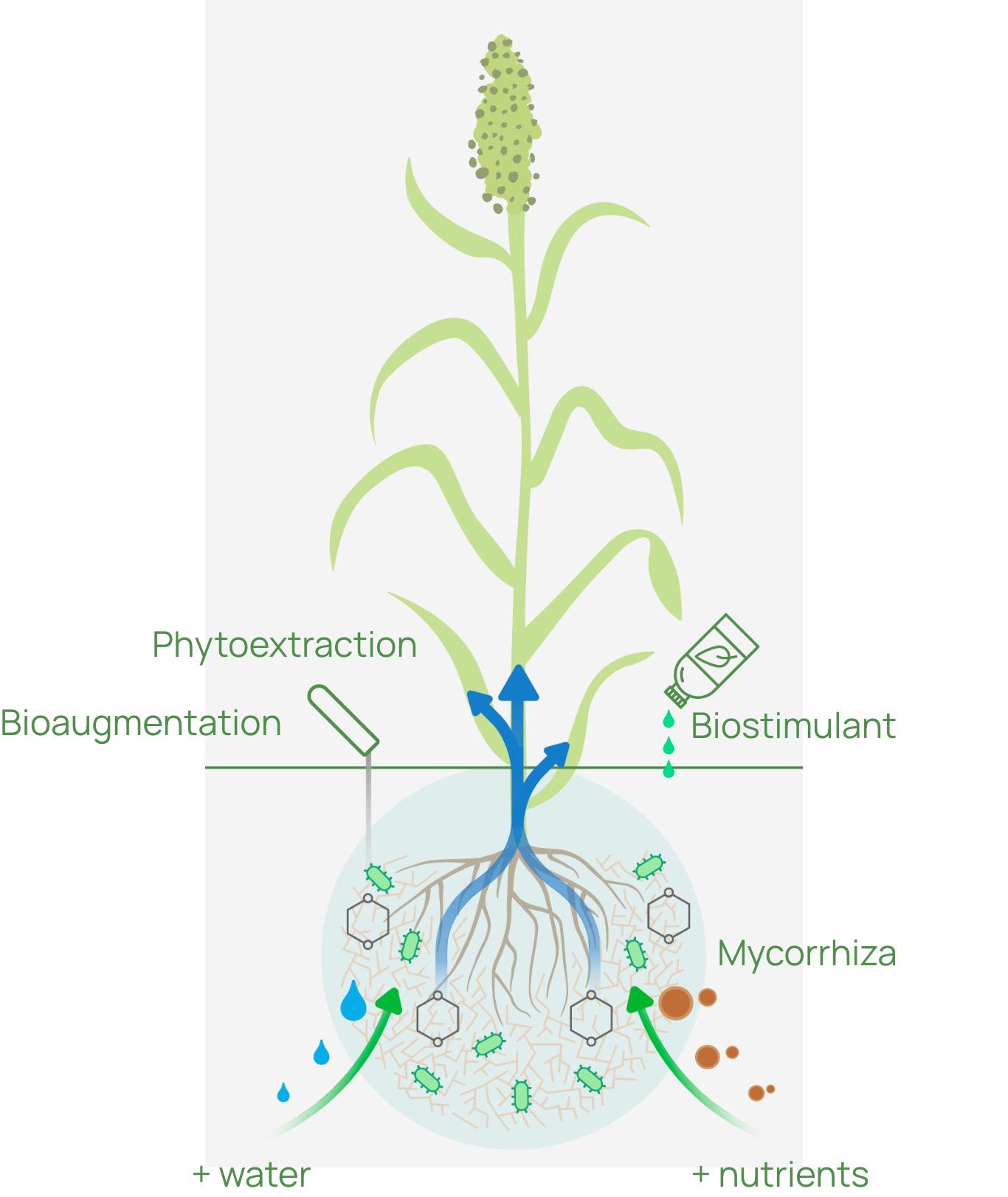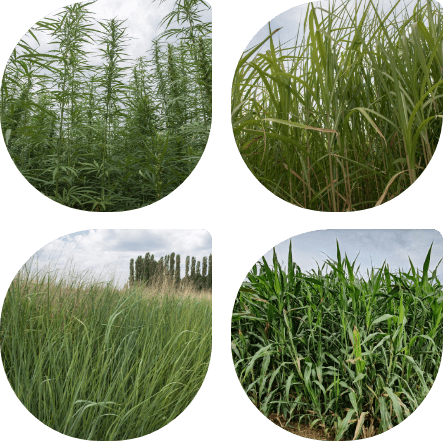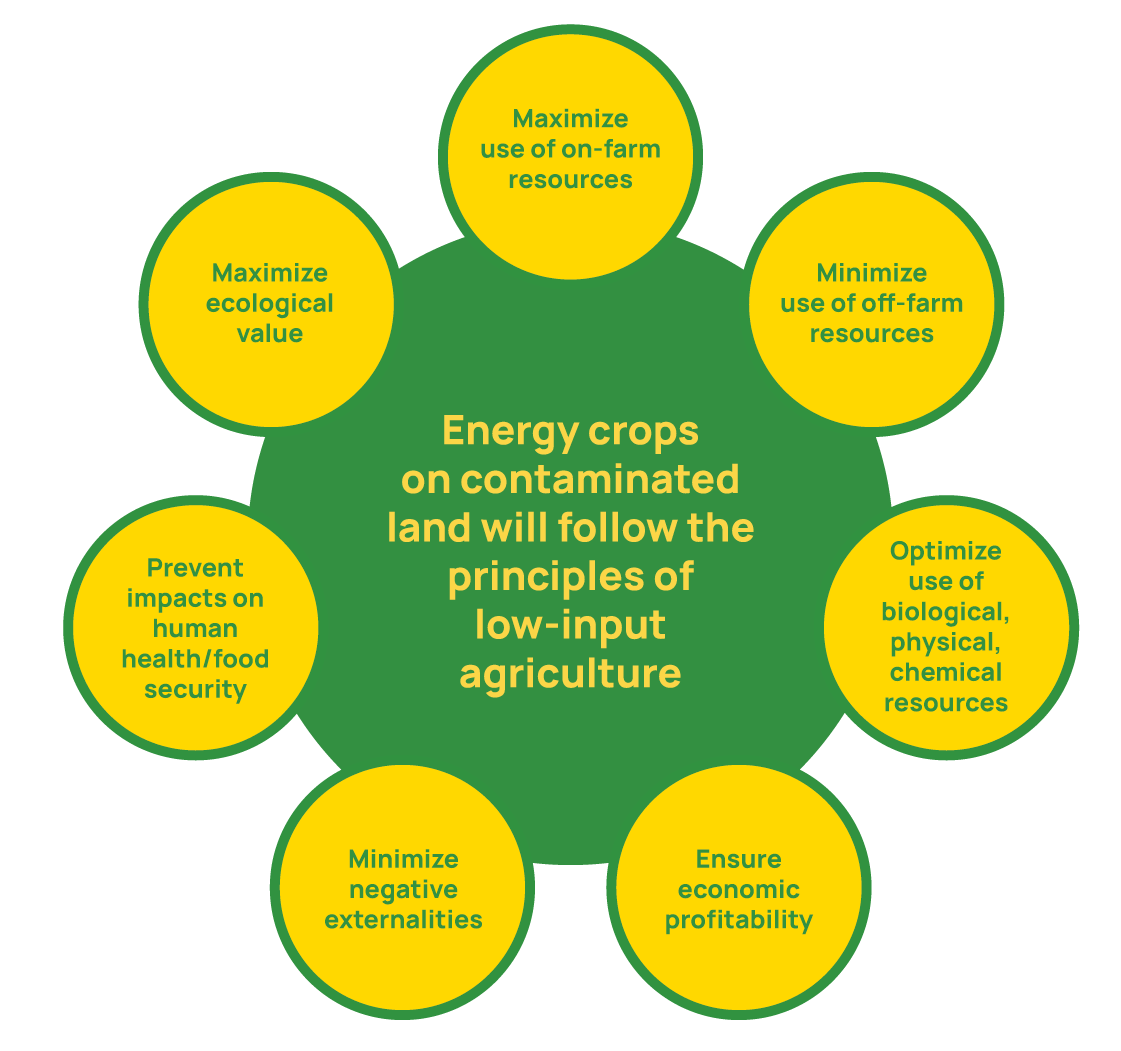Phytoremediation
Phytoremediation is a technology which uses plants to remove contaminants from soil or to render them harmless. Unlike other treatments that irreversibly alter soil properties, phytoremediation generally improves the physical, chemical, and biological quality of contaminated soil. Demonstrations and pilot projects on phytoremediation have already been translated into commercial-scale operations, thus establishing the credibility of the technology.
Phytoremediation is more effective and economically valuable when:
1.
It is applied in large areas with low to medium concentrations of pollutants so that phytotoxicity on plant remains low and plants can grow.
2.
The crops used produce high added-value biomass providing a revenue.
3.
The site is in unused or abandoned arable land and agricultural practices and mechanization can be applied.
Two phytoremediation strategies are deployed in GOLD:
Phytoextraction
The plants are grown on polluted sites to accumulate metal(loid)s and are harvested on maturity leaving a decontaminated soil.
Bioaugmentation
Microorganisms are applied to the polluted soils to accelerate the removal of inorganic contaminants

The possibility to combine phytoremediation with the production of biomass seems very promising since a double target may be achieved. The harvested biomass can be used as feedstock for bioenergy purposes while plants decontaminate the soil. In this way, marginal or degraded land that cannot be utilized for food production will be upgraded and recovered for agricultural use.
Energy crops
Four high-yielding lignocellulosic energy crops are used:miscanthus, switchgrass, sorghum and industrial hemp.

These crops have been chosen on the following criteria:
- They can provide feedstock for advanced biofuels with low ILUC risks
- They grow rapidly and are tolerant to contaminants and other stresses
- They are non-food crops with high biomass yields (10-25 t/ha) and relatively low input requirements
Several energy crops have demonstrated the capacity to be tolerant to soil contamination and to uptake/ stabilize inorganic contaminants or, together with their associated microorganisms, degrade organic compounds in soil, thus alleviating soil contamination and restoring ecosystem services. The cultivation of energy crops in contaminated land also contributes to recover valuable agricultural land without any risks of inducing indirect land use change.

Low-input agricultural management
In GOLD, special attention is given to adopting a low-input agronomic management to support the plant establishment and growth, under the stressing conditions of the contaminated sites. Contaminated soils are usually poor in organic matter and in nutrients, namely nitrogen, phosphorus, potassium, due to the loss in structure and holding capacity of the soil. The most secure – but low input – management will be followed, after analyzing the needs of each site separately.
For these reasons, two innovative agronomic practices in particular are applied, to optimize the phytoremediation capacity of the crops:
Mychorriza
Fungi that form a network of filaments associated with plant roots, drawing nutrients from the soil that the root system would not be able to access otherwise. This fungus-plant alliance leads to improved water acquisition and stimulates plant growth, as well as root development, therefore enhancing the transfer of metals from the soil to the roots.
Biostimulants
Substances that benefit plant productivity by interacting with the plant signaling processes or supporting stress defense mechanisms. They facilitate nutrient assimilation, translocation and use, and enhance the water use efficiency of the plants.

